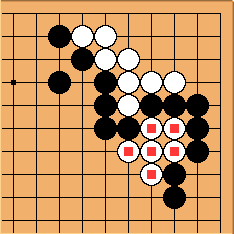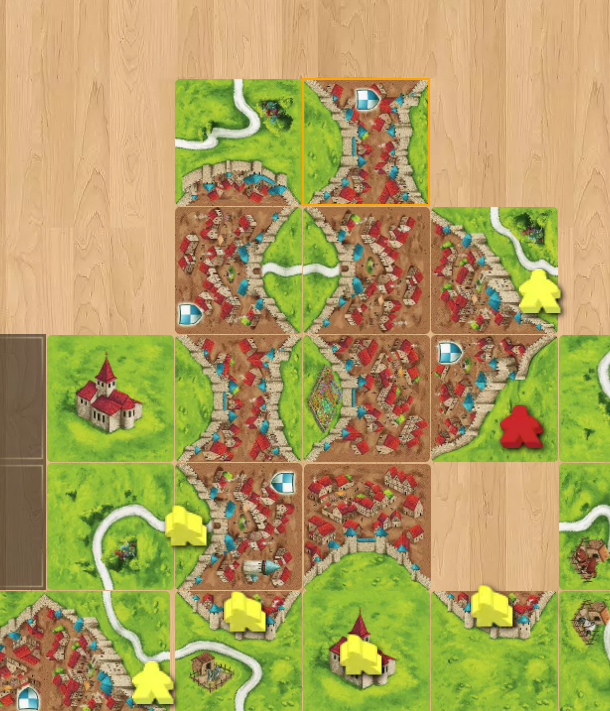If you play the game of Go, the term "Dango" is often used to describe a clump or mass of stones.
The basic issue with a Dango is that they are a really ineffective use of stones.
Here's an example:

You can read more about them on the Sensei's Library, where I took this image.
In Carcassonne, I get a similar feeling when you have a large city that you have no hope in finishing. I refer to them as Dangos or Dango Cities. Unlike Go however, they shouldn't always be ignored or avoided.
In a recent game, this cityhad no chance of being completed, but ended up being 15 points which isn't insignificant:

For beginners, It's worth remembering that a tile with a city on it, is still worth 1 point (maybe 2 with a pennant) and that's the same as road!
The other place where they are useful is near the end of the game, and you have an extra meeple that you throw into an incomplete city. Sometimes you'll stop 3 – 6 points ready to steal, which may be more effective than a farmer.
As a general tip for beginners, if you do have no use for a tile, don't simply place them next to another tile to expand an empty city. Even if there's no chance it will be completed, it's a sure way of beginning a Dango that your opponent could nab on a future turn.